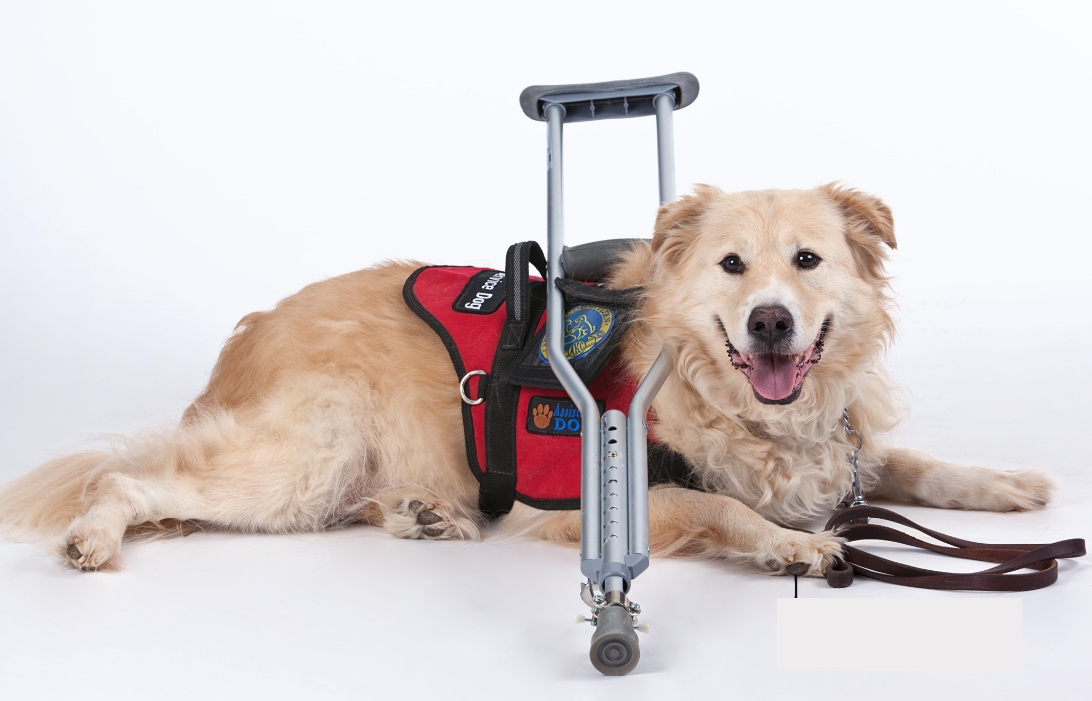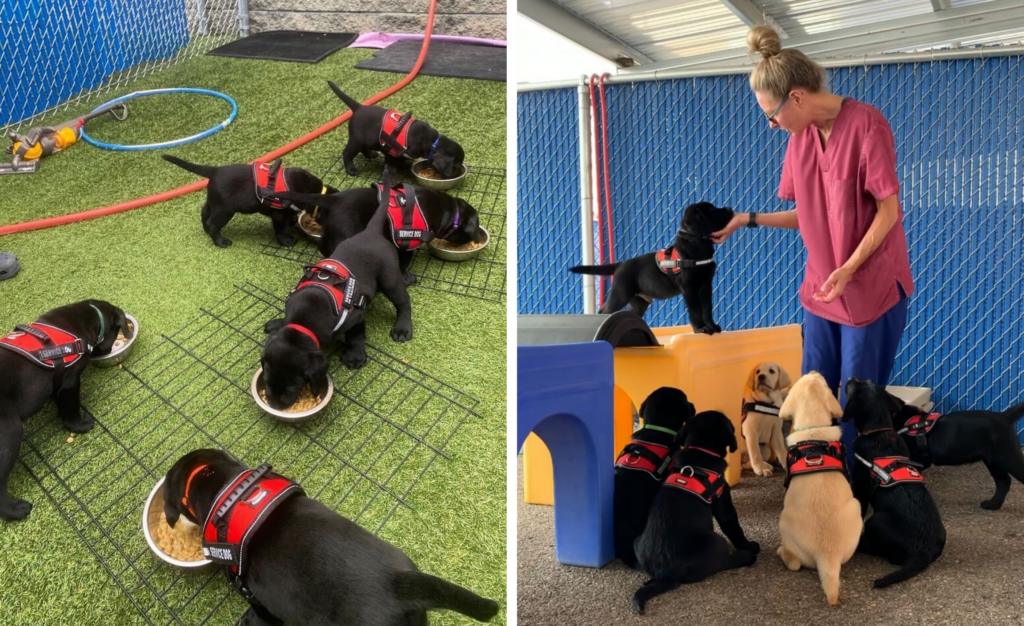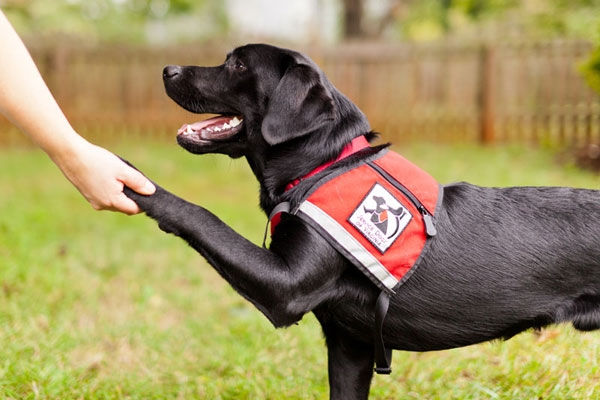Top Canine Educating Methods Every Proprietor Need To Know
Understanding effective dog training strategies is essential for any type of family pet owner aiming to cultivate a harmonious connection with their canine friend. Amongst the most noticeable approaches are favorable support, remote control training, and chain training, each offering special advantages that add to a mannerly pet dog. Nonetheless, the success of these methods commonly rests on the proprietor's dedication to uniformity and persistence. As we discover these essential techniques, it comes to be apparent that mastering their subtleties can dramatically affect the training experience and the dog's total behavior. What are the necessary elements that will make sure these techniques are applied properly?
Favorable Support Methods
Utilizing positive reinforcement strategies is vital for effective dog training, as it fosters a relying on bond between the instructor and the pet. This method concentrates on gratifying preferable behaviors instead than penalizing unfavorable ones, developing an atmosphere for learning. Benefits can consist of deals with, appreciation, or playtime, which inspire pet dogs to repeat the actions that make them these benefits.
Favorable reinforcement is rooted in the concepts of operant conditioning, where actions is affected by its consequences. By continually rewarding particular actions, trainers can form a pet dog's behavior with time. As an example, a dog that rests on command and gets a reward is most likely to duplicate that actions in the future.
In addition, this strategy improves the dog's excitement for training sessions. They are more engaged and responsive when canines associate training with positive experiences. Past prompt actions alteration, positive reinforcement urges a joint connection in between the dog and fitness instructor, lowering anxiousness and concern.
To optimize effectiveness, it is critical to deliver incentives immediately, ensuring the pet dog connects the actions with the reinforcement. In significance, favorable reinforcement techniques not only produce better-trained canines yet also promote an unified partnership in between dog and owner.
Clicker Training Method
The remote control training technique is a highly effective technique that builds upon the concepts of favorable reinforcement by including a distinctive noise to mark desired actions. This approach utilizes a small portable tool that generates a clicking sound, allowing trainers to connect with their canines in a clear and prompt way. When a canine does an actions that the owner desires to encourage, the remote control is activated, complied with by a benefit, normally in the type of treats or appreciation.
The key to effective remote control training depends on uniformity and timing. It is important to click at the specific minute the wanted behavior occurs, making sure that the pet connects the sound with the action and the subsequent incentive. This technique not only enhances interaction however also fosters a more powerful bond between the proprietor and the pet, as it urges interaction and communication during training sessions.
Remote control training can be put on a range of behaviors and commands, from fundamental obedience to a lot more complicated techniques. Its adaptability and efficiency make it a popular technique amongst professional fitness instructors and pet dog owners alike, leading the method for a responsive and well-trained canine companion.

Leash Training Basics
Reliable chain training is essential for making sure a secure and satisfying walking experience for both canines and their owners. A flat collar may function for some pets, while others might benefit from a harness that minimizes pulling.
Introduce your pet dog to the leash slowly, allowing them to discover it in a comfy setting. This entails fulfilling your dog for strolling beside you rather than drawing ahead.
If your canine begins to draw, quit strolling right away. Additionally, practice different walking atmospheres to aid your canine adjust to distractions.
Routine method will solidify your canine's understanding of chain etiquette. Remember that leash training is a recurring process; perseverance and uniformity will certainly produce more the ideal outcomes, fostering a favorable experience for both you and your canine buddy.
Socializing Methods
Socialization is an essential facet of pet dog training that ought to preferably start throughout puppyhood however can be helpful at any type of age. Efficient socialization aids dogs establish self-confidence and decreases the chance of behavior concerns. To execute successful socialization methods, reveal your pet to a selection of atmospheres, individuals, and various other pets.

Beginning with controlled settings, such as puppy courses or arranged playgroups, where young pet dogs can connect safely. Gradually introduce your canine to new experiences, consisting of various noises, surfaces, and tasks. Ensure these encounters are rewarding and positive to establish a feeling of protection.
For grown-up dogs or those lacking exposure, begin with low-stress situations. Short, positive interactions with tranquil dogs and friendly human beings can create positive organizations - Dog training. Utilize deals with and appreciation to reinforce preferable habits during these experiences
Checking your Discover More Here canine's body movement is vital; indicators of worry or aggressiveness need to be dealt with instantly, either by eliminating the pet dog from the circumstance or rerouting its focus. Consistently subjecting your dog to varied stimulations will certainly foster adaptability, making it an all-round buddy with the ability of flourishing in various setups.
Consistency and Perseverance
Acknowledging the relevance of uniformity and perseverance in pet dog training is crucial for attaining enduring results. Educating a pet is a progressive process that calls for an organized strategy and unwavering commitment from the owner. Each command or habits need to be enhanced regularly to help the pet dog understand what is anticipated of them. Irregular training can result in complication, making it hard for the dog to comprehend behaviors or commands, ultimately impeding development.
Additionally, perseverance is an important part of effective training. Canines, like human beings, discover at their own pace. Some may realize principles swiftly, while others may take much longer. It is important for owners to stay tranquil and supportive, enhancing favorable behavior without considering stress or penalty. This cultivates a trusting relationship between the pet dog and proprietor, encouraging a much more willing and passionate learner.
To grow consistency and patience, establish a normal training routine, make use of the very same commands, and make certain that all household members use the same training concepts - Dog training. By doing so, you create a steady atmosphere helpful to learning, allowing your pet dog to prosper and develop right into a well-behaved buddy

Verdict
In conclusion, effective dog training methods, such as positive reinforcement, clicker training, and proper chain training, are vital for promoting a healthy and balanced owner-dog connection. Furthermore, applying socializing strategies and keeping uniformity and perseverance throughout the training process adds considerably to a dog's overall wellness. By incorporating these approaches, dog proprietors can help with the growth of well-adjusted, loyal pet dogs, inevitably boosting the lifestyle for both the owner and the pet.
Amongst the most famous techniques are positive reinforcement, remote control training, and leash training, each offering one-of-a-kind benefits that contribute to a well-behaved pet dog. As we check out these fundamental approaches, it ends up being evident that understanding their nuances can substantially impact the training experience and the pet dog's total habits.Utilizing positive support strategies is important for effective pet training, as it promotes a trusting bond between the canine and the trainer.In final thought, effective pet dog training techniques, such as favorable support, clicker training, and correct leash training, are important for promoting a healthy owner-dog partnership. By incorporating these approaches, pet proprietors can promote the advancement of well-adjusted, obedient family pets, eventually boosting the high Related Site quality of life for both the proprietor and the pet dog.